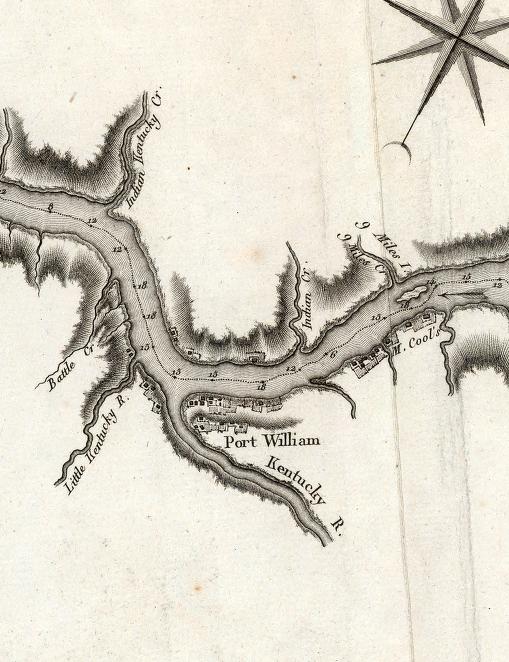Jefferson County was no different in the rest of the country in being affected by differences that arose in denominations. And in the case of the Presbyterians, it followed the same paths that saw the denomination split into the Old Schools and New School congregations during the 1830s.
But because of its high proportion of Scottish immigrants and Scotch-Irish and Dutch families that moved into the county before 1830, it ended up with an unusually large number of Presbyterians congregations that were divided four ways from the 1830s through the end of the Civil War.
The Scots themselves had two synods that reflected the mixture of Scottish politics and religion and were distinct from the Presbyterian Church USA before and often its split into the New School and Old School factions. And while these churches shared resources in the early days of settlement in the county that became less of a habit later.
The first Presbyterian congregation in the county, the former Carmel Church, was founded in what is now Hanover Township in 1812 by Scottish immigrants who left Kentucky because of their distaste for slavery. But in 1820, a group withdrew and formed the Bethel Presbyterian Church just west of Hanover.
While this split has been pictured as stemming from different opinions about a Scottish minister, it really reflected the division between groups more commonly known as Seceders and Covenanters, terms that arose in Scotland in the 1700s. Seceders gave up on reforming the established Presbyterian Church in Scotland and withdrew from the denomination. The term Covenanter was more politically loaded since they essentially became viewed as traitors in the eyes of the English, although that denotation had worn off before reaching America.. The divisions of the two were crystallized with the formation of the Associate Presbyterian Church (Seceders) and the Associate Reformed Presbyterian Church (Covenanters)
This made a world of difference for Carmel was an Associate church and Bethel, an Associate Reformed. And it became increasingly clear the divisions drained the Presbyterian movement. The Associate bodies in Jefferson County included Madison and Big Creek. The Associate Reformed churches were Bethel and Caledonia, on the Jefferson-Switzerland County border, whose heavily Scottish membership put the word “Covenanters” of the title page of the church record book in 1854 after the old records were destroyed by fire. The affiliation of the short-lived Ryker’s Ridge Church (ca. 1822-ca. 1836) is not known as there was preaching by both Carmel’s ministers and those from Madison’s “regular” Presbyterian body.
The Old School/New School divisions are equally obscure to most today. There were some political divisions, with the New School a little more anti-slavery and the Old School a bit less. Some authorities place more weight on differences over control of the regular Presbyterian Church between the Scottish element, Old School, and those who followed New England leaders, the New School.
Madison’s Presbyterian Church, the earliest in town, split into the Old School First Presbyterian and New School Second in 1833, with the second often bigger. The Lancaster Presbyterian Church in what was to become Monroe Township, split when Old School members pulled out in 1838. The New Schoolers took up the name Monroe Presbyterian Church and the Old School took the name Lancaster. The Smyrna Church split in the 1830s with the New Church becoming the short-lived Mizpah Presbyterian Church.
Among other Presbyterian bodies, Jefferson Church in Shelby Township was Old School as was one Dupont Presbyterian Church, the Popular Ridge church in Graham Township, Hanover Presbyterian, the Pleasant Township church just inside Switzerland County. Among the new school churches were Sharon Hill, North Madison, Bryantsburg and Central (and China). Most of these were reabsorbed with only Sharon Hill lasting into the second half of the 1900s.
And with the loss of population in that century, and successful missionary work by the Baptists, most of the county Presbyterian churches disappeared or dwindled.

